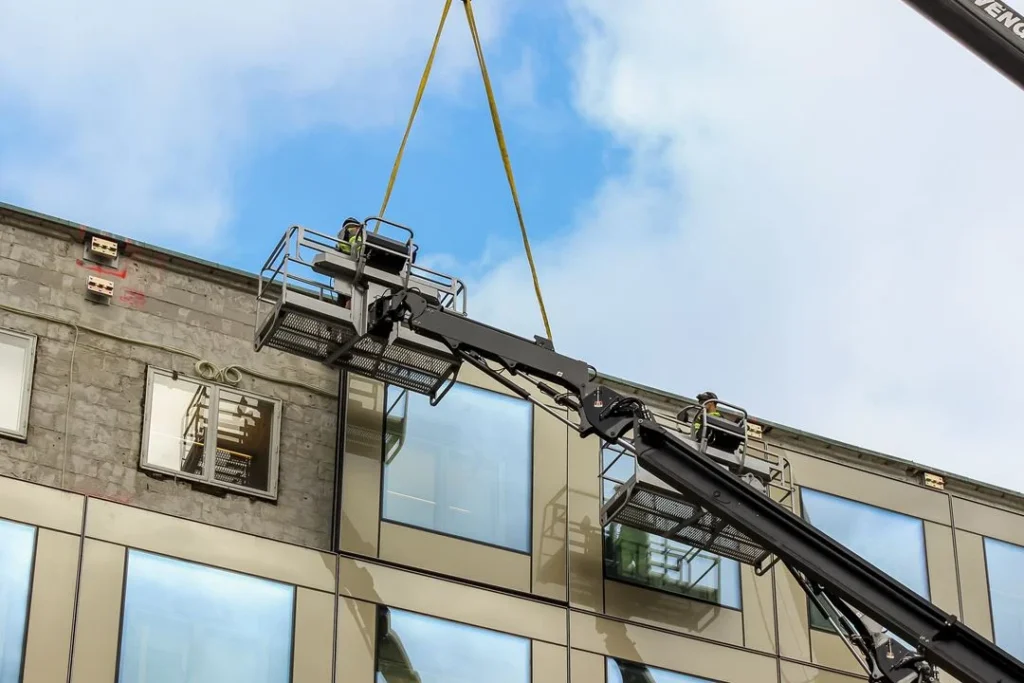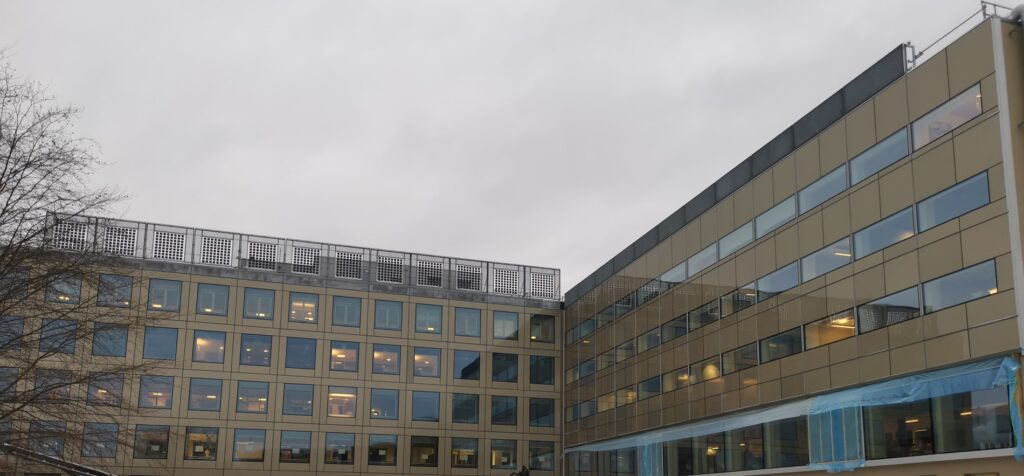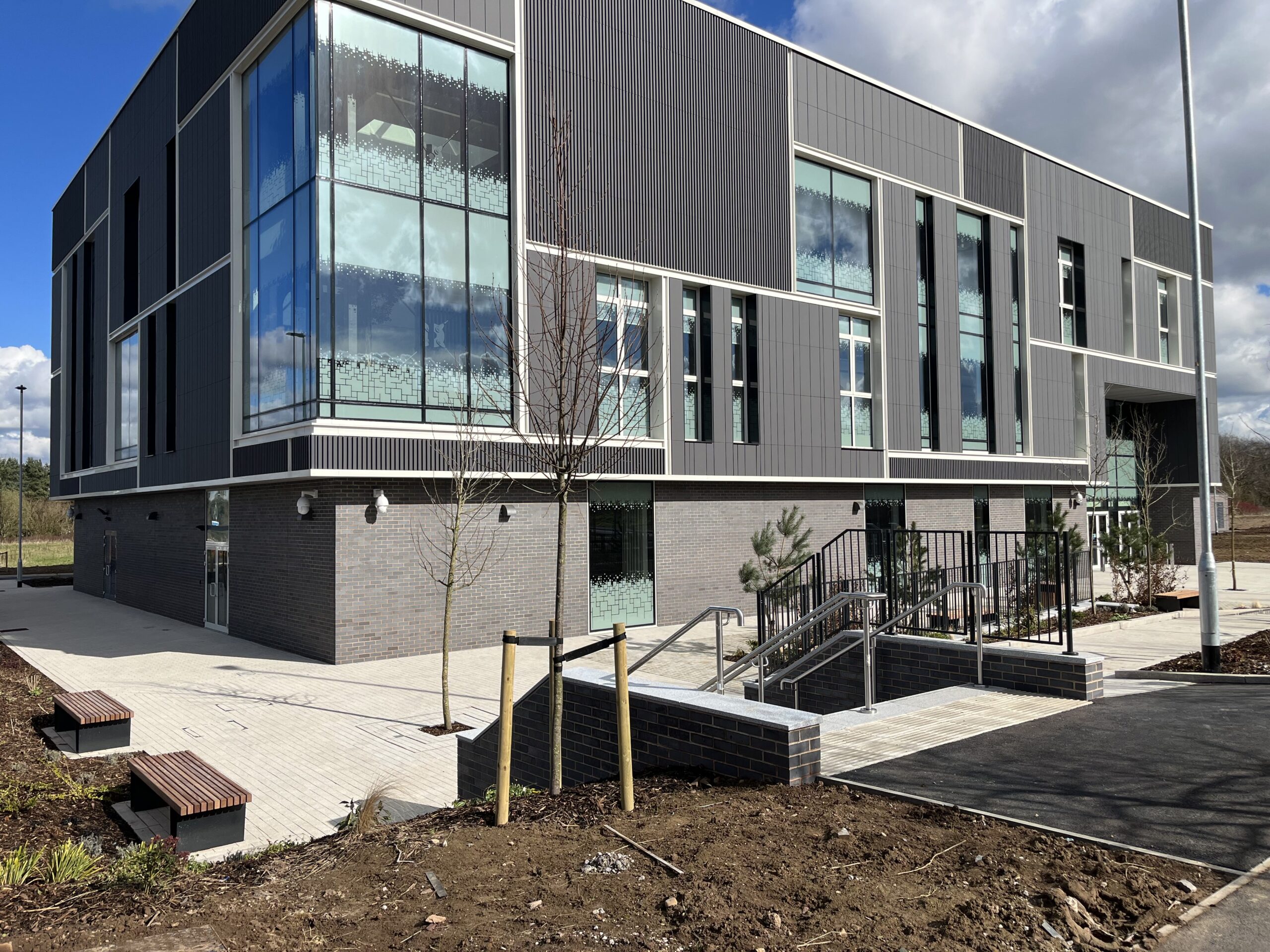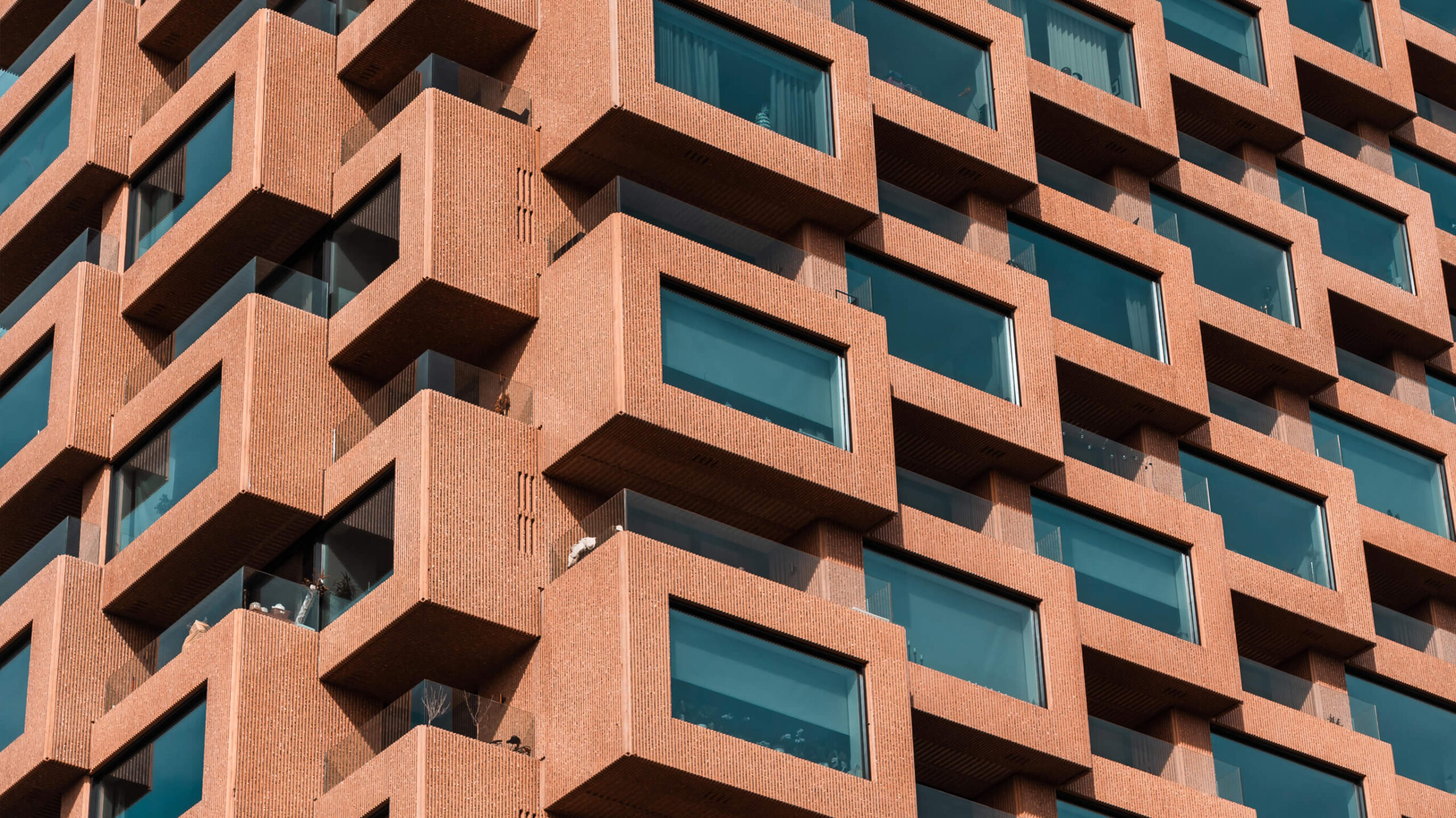Glassense has produced quadruple units for a renovation project in Oslo Norway.
It is the Science and research center SINTEF which old office building was getting a totally new and very energy efficient facade.
Units were produced all with low-iron glasses to achieve a very neutral and transparent visual appearance. Solar Control glass SN 70/35 and ClimaGuard low-e glasses from Guardian – achieving a U value of 0,3 W/ m2K.
With improved U-value, a building’s heating demand diminishes, to the point that wintertime solar heat gain alone may be enough to heat the building. Quadruple glazing allows building glazing elements to be designed without modulated external sun-shading.

Insulating glass units were used in a unitized facade solution together with enamelled glass with special „Golden metallic” look color.
This project highlights SINTEF’s central role in Oslo Science City, and in the SINTEF park, through architecture, landscape architecture and a clear environmental profile, to promote well-being, cohesion and space for research. The innovation includes technology that provides a new facade, high energy quality and a very good indoor climate for the employees both during construction and later operation. The project demonstrates a marked improvement in building rehabilitation and leads to better insulation, sealing and indoor climate through light conditions, noise, dust and room temperature.

Project description from Element Architects:
Preserving the existing structure, as opposed to building it from scratch, has saved thousands of tons of C02. This innovative glass façade comprised of “super windows” (four-layered glass panes), daylight reflectors, solar cells and zero exterior shading significantly reduces the building’s energy consumption through combining these attributes. All office and laboratory activity were in full operation during the entire construction period!

